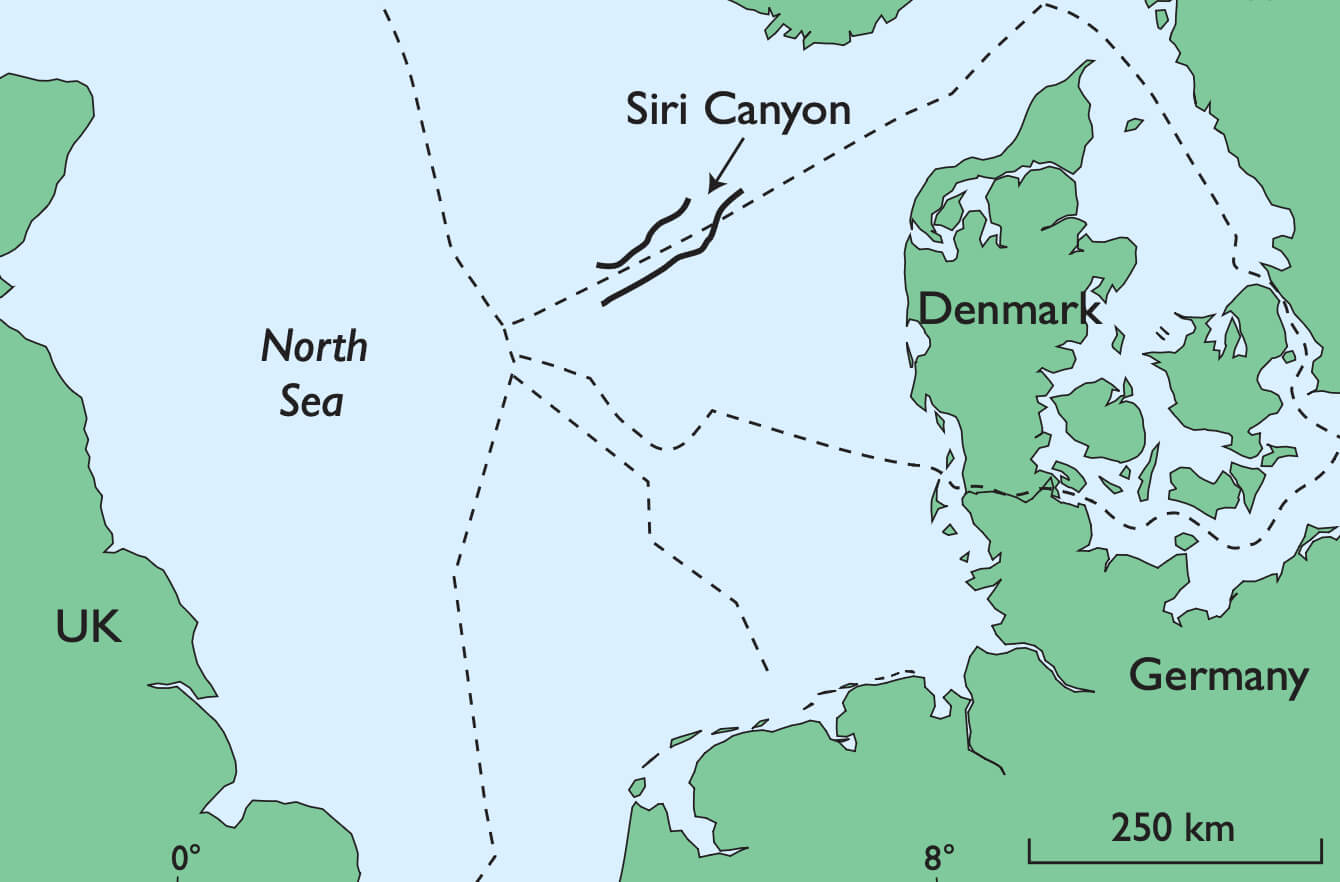
How to Cite
Share
Abstract
The submarine Siri Canyon is NE–SW-oriented and located in the Danish North Sea (Fig. 1). It contains a number of oil reservoirs with glauconite-rich sand. The reservoirs of interest in the Nini oil field are the Late Paleocene Tyr Member of the Lista Formation and the Kolga Member of the Sele Formation (Schiøler et al. 2007), presumably of Early Eocene age. These members have previously been known as the Ty and Hermod members (Hamberg et al. 2005; Poulsen et al. 2007). The sand shows signs of injection, both in cores and in seismic data. The aim of this work is to chemically characterise and fingerprint the sand in order to reveal the origin of the sand found in three horizontal wells, which could have been injected from one or both of the Tyr and Kolga members. Core samples were collected from two vertical wells of known stratigraphy to make a basis of comparison, whereas samples of the cuttings were collected from the three horizontal wells with ages primarily corresponding to the Kolga Member. The purpose was moreover to evaluate whether cuttings samples can be used for fingerprinting as an alternative to core samples.
How to Cite
Share
Copyright (c) 2011 Mette Olivarius, Christian Knudsen, Johan B. Svendsen

This work is licensed under a Creative Commons Attribution 4.0 International License.
Downloads
Edited by Ole Bennike, Adam A. Garde and W. Stuart Watt
This Review of Survey activities presents a selection of 19 papers reflecting the wide spectrum of activities of the Geological Survey of Denmark and Greenland, from the microscopic to the plate-tectonic level.
The Survey's activities in Denmark and surrounding areas are [...]









